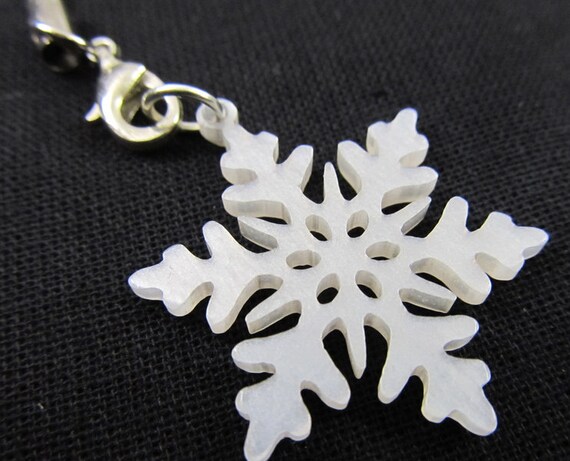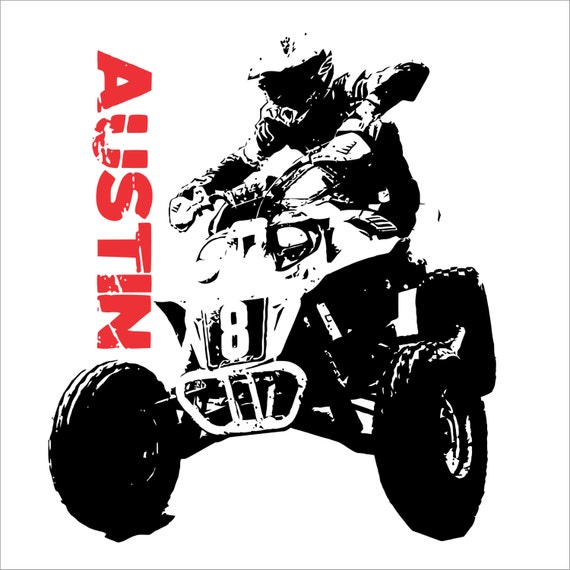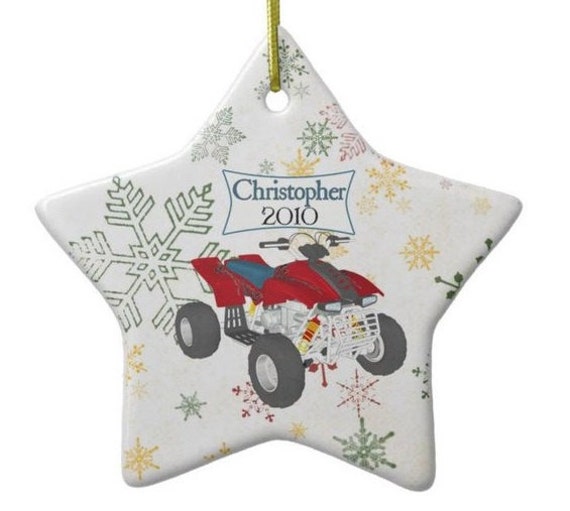Best snowmobile trails
Snowmobile enthusiasts spend many of their outdoor vacations looking for the best places to ride their sleds. Accommodations are not the only that makes a snowmobile vacation a memorable experience, but for many adventurous people, the snowmobile trails provide the most memorable aspect for any winter vacation. Doing research before planning a snowmobile trip to Yellowstone National Park will often cut down the amount of time needed to find the most thrilling trails, leaving vacationers to use more of their vacation time enjoying the snowmobiling activities in the area.
Yellowstone National Park contains one of the most celebrated snowmobile trail systems in the country. Snowmobilers have made this a favorite winter vacation spot because of the effort and dedication that the staff and local agencies provide to keeping the pristine beauty of the park untouched. Visiting Yellowstone during the winter months gives snowmobilers an amazing view of the snow-covered trees and landscape that adds to the enjoyment of a the thrilling snowmobile rides through their groomed and well-maintained trails. Park officials help to keep Yellowstone beautiful by regulating the types of snowmobiles allowed and the sizes, too. This keeps the ground underneath the snow from getting torn up and looking disheveled.
In the western Montana and adjacent eastern Idaho sections of Yellowstone National Park, snowmobilers will find a variety of thousands of miles of groomed trails for inexperienced users. On the other hand the more adventurous snowmobilers will enjoy the ungroomed trails that are available in the park. This gives more experienced users the thrill of the pioneering spirit by snowmobiling through the winding trails and forests that have been untouched by the officials and trail-grooming equipment.
Gifts For A Hardcore Sledder
The Two Top Mountain in West Yellowstone is great for inexperienced riders and snowmobilers who want to enjoy a glorious landscape view atop some of the hills and mountains within the park. The trails begin at the Island Park Village and end in a steep and thrilling area of rough and unpredictable snow drifts that are difficult to navigate through. The wide open space causes the snow to stick to the trees to form spectacular sculptured landscapes that make the treacherous snowmobile ride worth every minute.
Yellowstone National Park offers several other wonderful trails to make any snowmobile riding vacation a pleasurable experience. The Big Springs Trail is rich in mountain terrain with warming huts along the way for snowmobilers to rest and appreciate the surrounding scenic views of the mountain landscape. Riders can also choose to experience a variety of thrills with other Yellowstone trails like the Bear Gulch and the Mesa Falls Trails. Beginning snowmobilers will appreciate the Sawtell Loop – a simple trail that winds over the Sawtell Peak and through the foothills and meadows of the park while providing exquisite views along the way. Other trails include the Meadow Creek Trail, the Chick Creek Loop, and the Lion Head Loop, all specifically designed to fit the varied needs and skills of park visitors.
The variety of trails and the more thrilling options are what make Yellowstone National Park one of the most desired vacation spots for snowmobilers. The measures taken by the officials and park rangers help to ensure that winter vacationers can always enjoy the pristine beauty of the park. The plethora of breathtaking views that snowmobilers will undoubtedly appreciate only adds to the popularity of Yellowstone’s miles of trails. If Yellowstone National Park is included in the planning for your next snowmobile vacation, you will not be disappointed.





